Some people speak of how “stylish, clued-in men are rejecting big-name designer brands and choosing low-key, well-crafted pieces that deliver quiet swag.” Others write about “cool clothes” from “small makers” as “talismans of human ingenuity.” Yet others talk simply of “good clothes” and re-build a media empire around it. And there’s much more, of course: niche, independent, indie, if-you-know-you-know, off-runway, non-hype.
Which question are these words meant to answer? This one: that there’s something going on in menswear — and has been for some time now — and we know that this is the case, but we don’t really know what it is.
Let me illustrate. A few weeks ago someone asked me what this Present Forever newsletter is about. Here’s a transcript from memory:
“Well,” I answered, “Present Forever is about clothes that exist outside fashion.”
“But,” they replied, “I thought you believed that fashion doesn’t have an outside?” That came as a surprise — I hadn’t realized they actually read it.
“Yeah okay, you’re right. I guess it’s about well-made clothes that stand in a complex relation to it — like some sort of Foucauldian transgressive act: they’re part of fashion, but also different from it, you know.”
“Ah, I see,” they said (without actually seeing, I guess). “So it’s about slow fashion then?”.
“No, no, no!”
“But aren’t these clothes slowly made?”
“Yes, they are — but it’s not about the slowness.”
“Why not?”, they asked.
“It’s got this ‘show, don’t tell’ mentality.”
“What do you mean?”
“Let’s put it this way: slow fashion defines itself against fashion — and its style makes that definition visible. What I’m writing about is fashion, without being of fashion.”
“I don’t get it.”
“It’s got this maximalist minimalism — an extreme attention to detail, without attracting attention.”
“I’m confused. It isn’t fashion, but then again it is. And it’s fashionable, but in a sort of unfashionable way.”
“Yes.”
“And how do you decide what belongs and what doesn’t belong to this realm of mildly transgressive maximalist minimalist, inside-outsider menswear?”
“It depends,” I said.
“It depends on what?”, they asked.
“You know it when you know it.”
“And what is it that you know?”
“It’s more of a feeling, perhaps. You feel it when you feel it.”
“So it’s just good taste-elitism after all?”
“No, no, no! It’s not quiet luxury, you know — it’s more open-minded, imaginative and risky than that in a way.”
“In what way?”
“Well…”
”You say it’s not quiet luxury, but the aesthetic is pretty quiet, and the prices suggest it’s luxurious, too.”
”That’s true, I guess. But there’s a distinction between pretending not to show off and actually not showing off. Unlike quiet luxury, it’s not about showing off in a non-showy way; it’s about not showing off in a non-showy way.”
”Some of the clothes you write about cost as much as an average monthly income. Why would someone spend that amount of money if they’re not trying to impress anyone?”
”Perhaps they’re just trying to impress themselves…”
”You must be joking!”
”I might be. But then again, I’m not.”
”What do you mean?”
This was the point I had to take off. Or decided I had to. I can’t remember.
Now, does it matter to know what this good, cool, low-key, understated, call-it-what-you-want menswear thing is about? Yes and no.
No — because it requires self-reflection. And self-reflection requires thinking. And thinking often leads to overthinking. And overthinking tends to darken the soul and suck out of the life from everything it casts its ideas upon.
Yes — because the urge to know is like an itch that needs to be scratched, and we’re not all Buddhists who spend their lives learning to ignore it.
No — because when it comes to each and every aspect of Culture, the point is to be in the midst of it, to throw yourself into its blooming, buzzing confusion, rather than looking at it from afar as if it’s some picture hanging on the wall.
Yes — because there’s an importance to self-awareness: knowing where you stand helps to hold your ground and recognize when what you’re doing is mainstreamed, commercialized and exploited for Big Money’s sake.
No — because self-awareness is unfashionable.
Yes — because being unfashionable isn’t bad at all.
So, is this menswear thing a reaction to an age of over-marketed hype? Yes, probably. Is it the next phase of a lineage that started with anti-fashion and its reaction against status dressing in the 1980s, developed into minimalism with its emphasis on good design and construction in the 1990s, moved on to the post-grunge attitude of “literally everything goes, just put that s*it on!” of the 2000s, and then turned into a heritage and workwear revival that emphasized authentic craftsmanship in the 2010s? Maybe, yes — sort of.
Whatever its name, and whatever its nature as a cultural phenomenon, the clothes and makers and style we’re talking about appeal to a human possibility: to embrace paradox and act upon it. It asks you to be thoughtful without overthinking, to be knowledgeable without turned into a know-it-all, to be mindful without being boring, to be uncompromising in a gentle way, and to be real while keeping a sense of the unreality of it all.
Thinking of that conversation last week, this is how I wish it would have ended: “Oh, Lukas — now I see what you mean: you’re talking about the realm of unreally good clothes!” If only, if only…
Okay — on to other, more mercantile matters. Some four and a half years ago, in February 2021, Jonah Weiner from Blackbird Spyplane asked, “What’s after fleece?” Back then, the prediction was roomy button-downs. Today, 13 October 2025, our post-fleece future looks different. What’s next? More fleece — only better.
Polartec isn’t bad per se, but its time has passed. The same holds for any other synthetic and/or blended fleece — all polyester-based and microplastics-shedding. Our current post-fleece world is one of unreally good fleeces made from the highest quality natural wool. Looking at the meaning of the word, that’s only fitting: fleece comes from the Old English word flēos, which — through its West Germanic root fleus — referred to, well, a sheep’s “coat of wool.”
Unlike many other trends, we know the exact date this new fleece era went public: 15 October 2024. That day, The New York Times asked: “Is a $910 Fleece Actually Worth It?” The article opened: “This month Jonah Weiner [there he is again!] made a purchase…” — and that purchase was Rier’s all-wool, Austrian-made ‘Fleece’. And that $910 isn’t even the peak of fleece indulgence, as we shall see.
Alongside Rier, other brands are now riding the fleece train — and, bandwagon analogy aside, it’s that time of year to hop on if you want. I know I’ll be doing so soon, and here I’m sharing my options with you, listed in order of increasing affordability — some new, some pre-owned.
Cottle — ‘Sunset Pile Fleece Yak Kakishibu’
The fleece to top all fleeces. Cottle’s ‘Sunset Pile’ series consists of jackets and pullovers. Some are made from yak and Fox-B cotton (from organic cotton breeder Sally Fox, who also works with Evan Kinori among others) and others from yak and Supima Cotton. Some are dyed with chestnuts (‘Mont Blanc’), others with persimmon (‘Kakishibu’) or charcoal (‘Sumi’). They’re all special and extremely soft in their own way.
Gajiroc - ‘Casentino Wool Fleece’
Perhaps he wouldn’t say so himself, but Gi Tae Hong is doing very special things with Seoul-based Gajiroc. And since he’s committed to making the brand his lifelong profession, who knows what he’ll be up to in ten, twenty or thirty years from now. This fleece is one of Gajiroc’s most beloved pieces. It’s made in Korea from 100% casentino fleece sourced from Sita, Italy. This particular wool fabric is made through a process called “rattinatura,” which involves a special brushing process that compresses the fibers, creating a distinctive fuzzy texture. The ‘Casentino’ also features 100% cotton corduroy from Brisbane Moss — used for the Royal Navy inspired pockets — a cotton twill lining from Nagoya, Japan, and a two-way RiRi zipper.
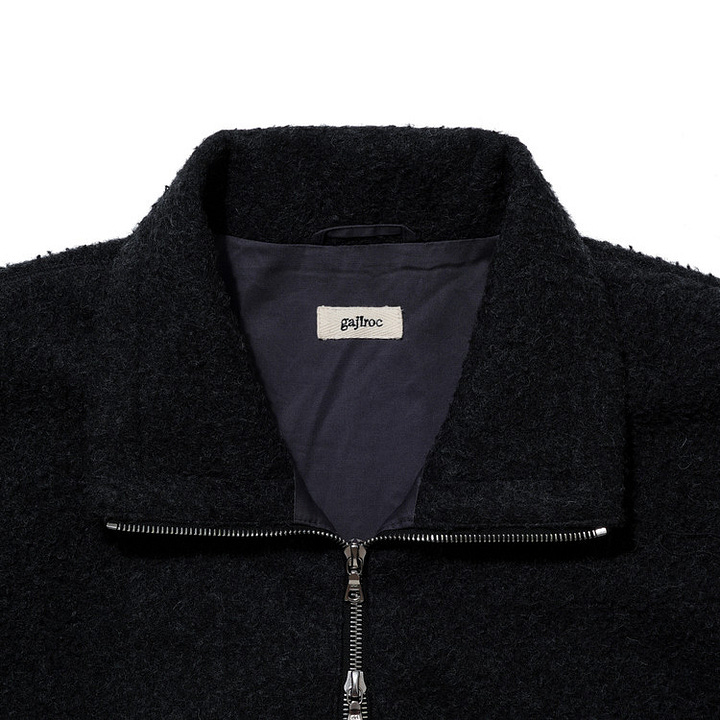
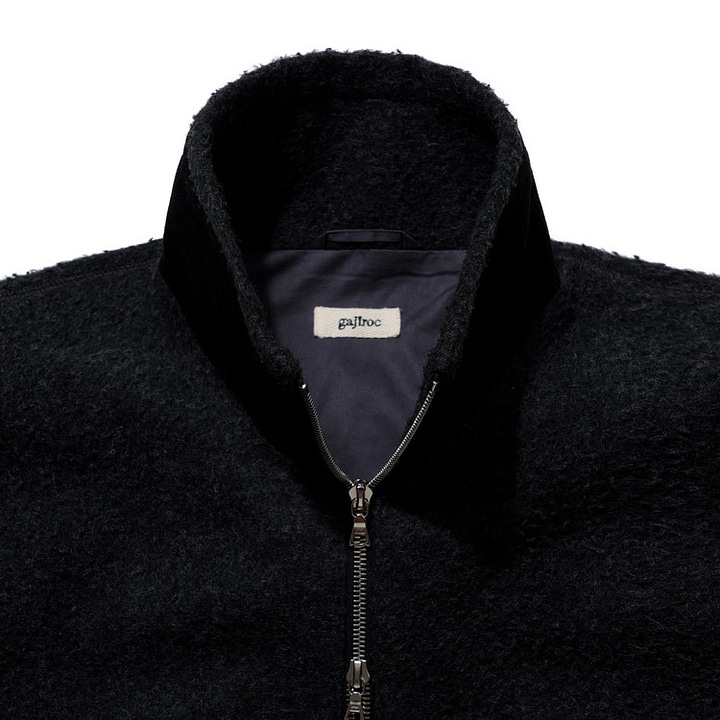
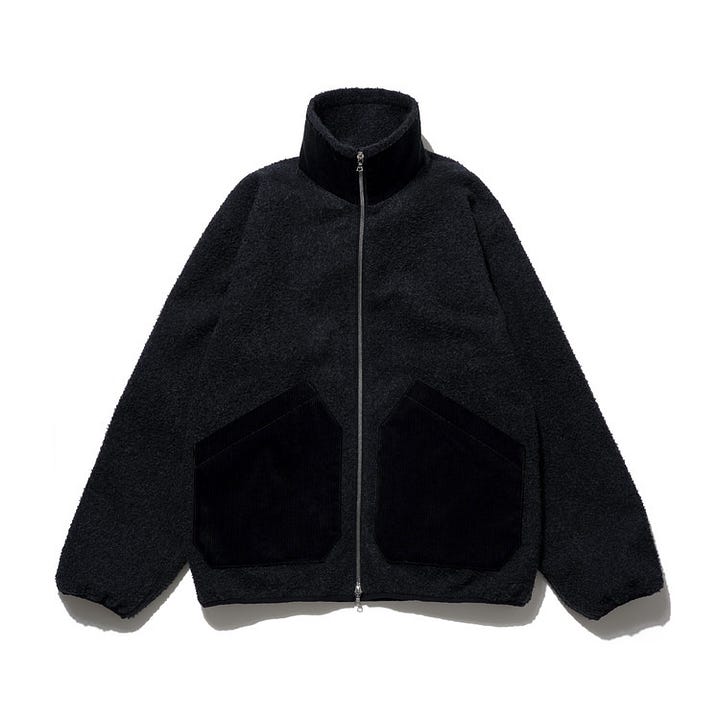
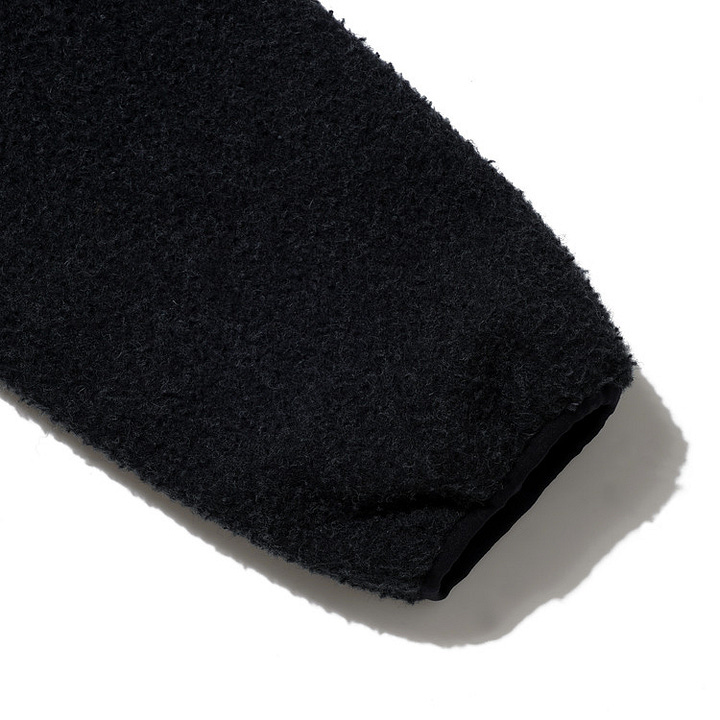
Rier - ‘Fleece’
“Like Dieter Rams’ vision of a Patagonia pullover.” That’s far-fetched, but not inaccurate. The Rier ‘Fleece’ is made in Austria from 100% natural, bio-degradable wool fleece-pile. It features gleaming RiRi zippers, and comes in 17 monochrome colors (‘Tourbe’, ‘Orange’, ‘Castlerock’ and ‘Orzo’ are my favorites.) The sportive style of the bodice and cuffs are signature Andreas Steiner, the ex-Miu Miu, ex-Prada designer who’s become known for his “decontextualized” Tyrolean mountain gear.
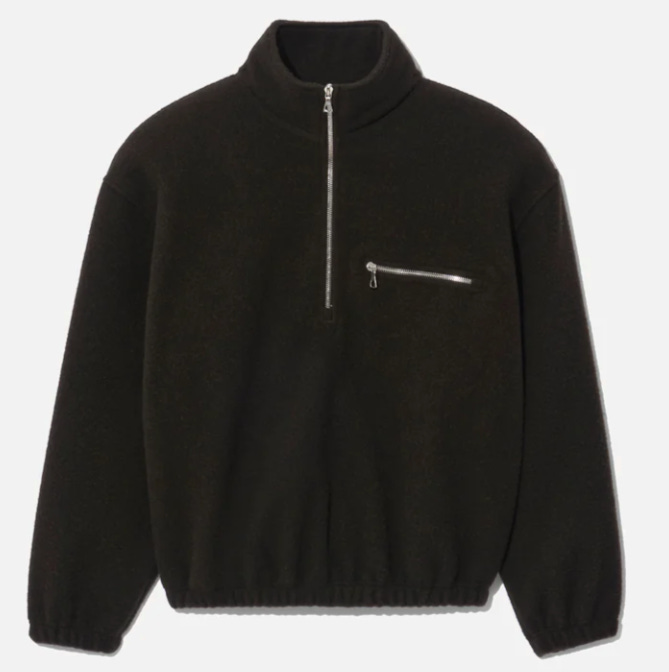
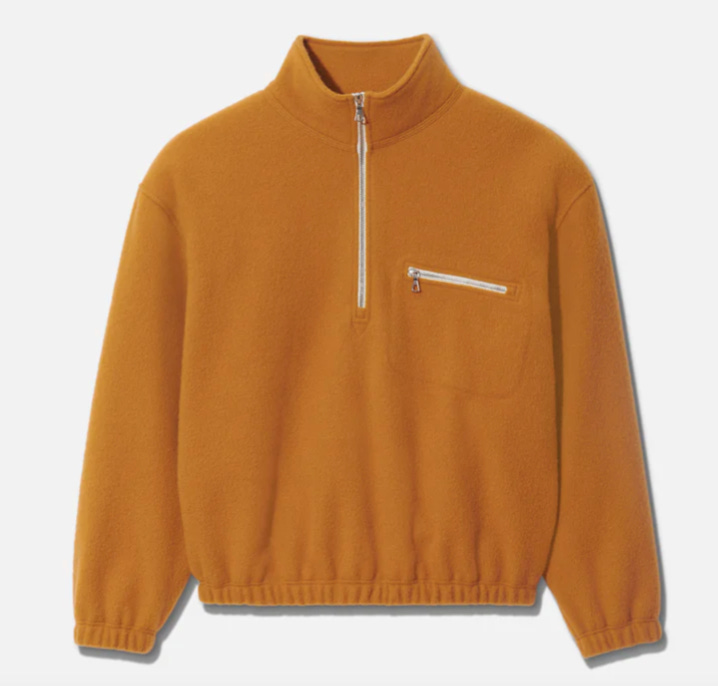
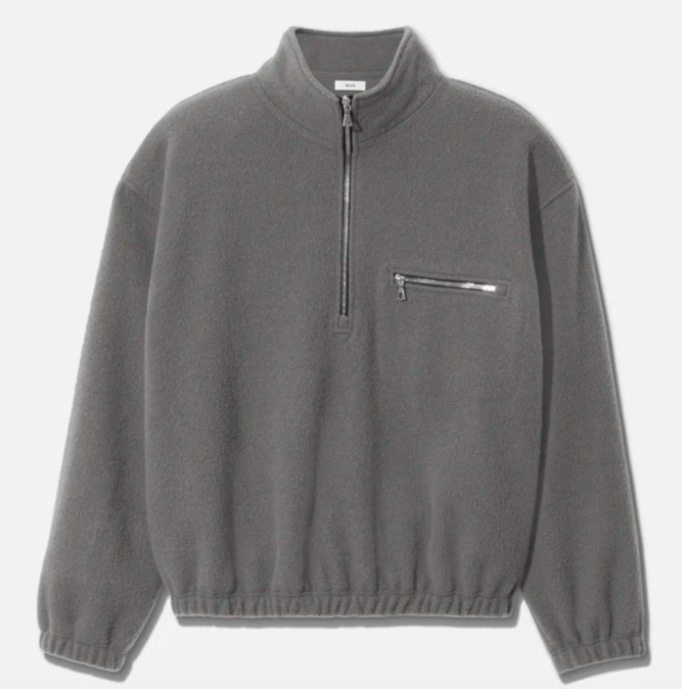
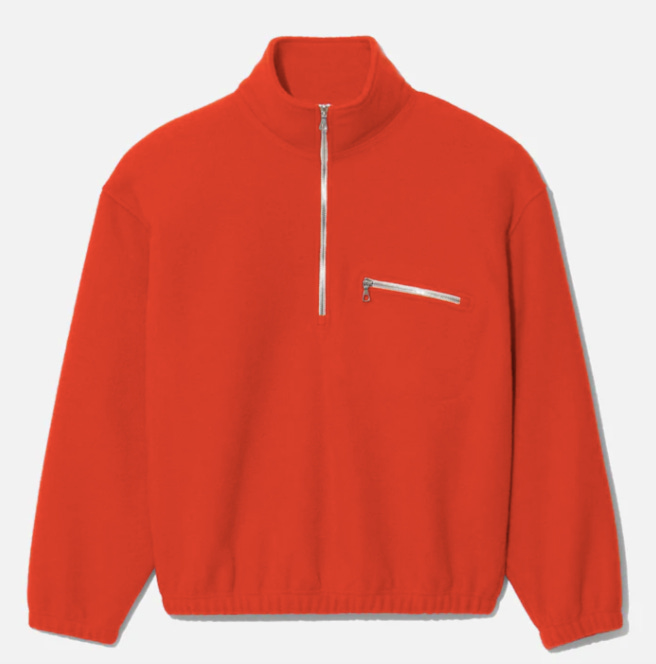
Camiel Fortgens - ‘Fleece Anorak’
A brand staple, the Camiel Fortgens team has done three re-imaginings of its ‘Fleece Anorak’ for AW25: ‘Black’, ‘Taupe’ and a funky one called ‘Hairy Brown’. Their features are similar: stand-up collar, off-white cotton lining (visible at the neck and bottom), two zip pockets in the side seams, super long exposed zip, and an adjustable drawstring at the bottom. For this season the wool fleece-pile is sourced in Italy. I tried it on in their Paris showroom in January, and it worked like a charm.
Man-tle - ‘R17 Fleece-1 Black 300 Soft Jacket’
The first Polartec fabric in the list. But as you’d expect from Man-tle, it’s not just any Polartec. This particular one from the ‘Eco 300 Series Fleece’ — a new silhouette — is made in USA from 100% solid-recycled PET fleece, with a double brushed face. It features signature toggled closure (‘Tenax’), originally used for fastening the roof of a sports car, two large patch pockets, raglan sleeves, and flat locked seams throughout.
Ranra - ‘River Fleece Jacket’
Founded by Arnar Már Jónsson and Luke Stevens, Ranra is a London/Reykjavík-based design studio with a clear-cut approach: look at Iceland, source the best Italian fabrics, and produce some high-quality luxury outerwear to tackle the natural elements. This is their ‘River Fleece Jacket’, cut from a soft wool-blend fleece, with an all-over check print silently channeling the 80s.
Auralee - ‘Merino Wool Boa Knit Half Zip P/O’
Auralee accepted the challenge to see what other fleece options this world has to offer. This one is crafted in Japan from Australian merino wool boucle yarn — boasting a “rare and unique texture” (let me know if you know what this means). They’re soon launching a similar silhouette made from 100% fine silk yarn.
A few more, affordable options:
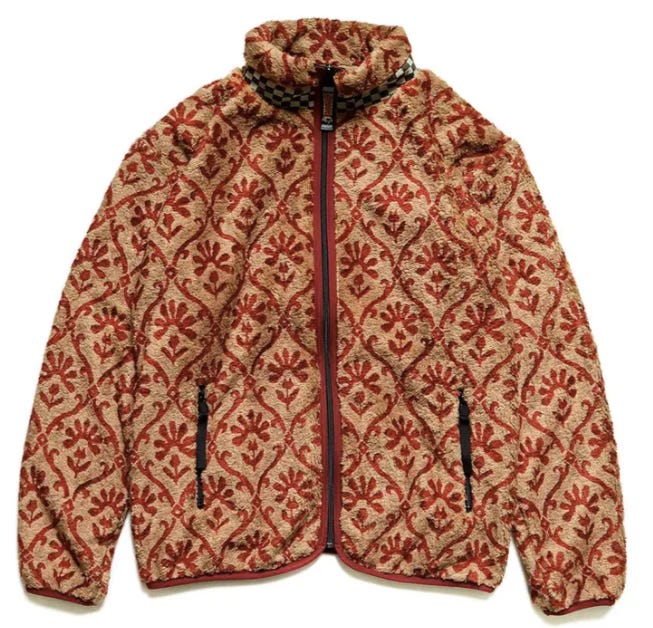
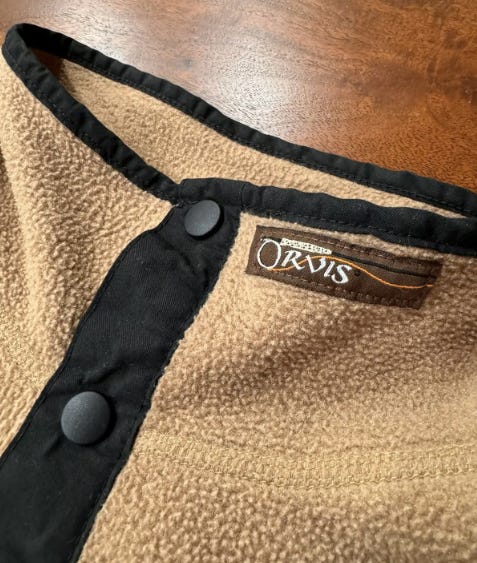
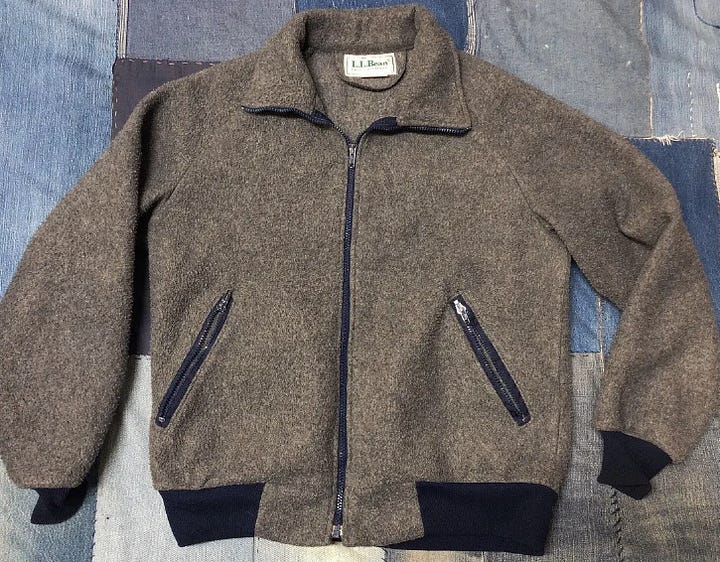
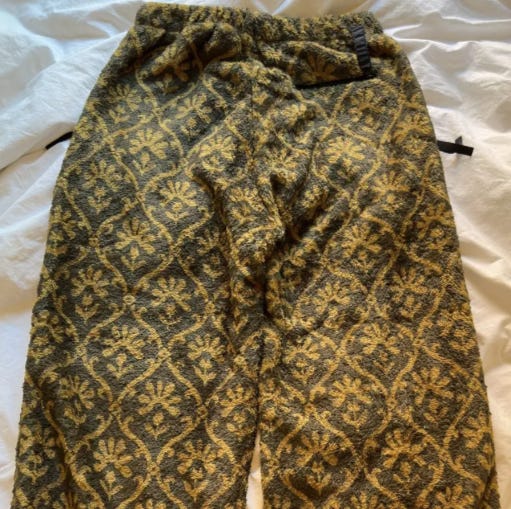
This L.L. Bean fleece (€51/$60) from the 80s stands-out for its identity crisis: it’s said to be a sweater, but looks more like a jacket to me. Perhaps it’s a sweater dressed as a jacket.
If I were more outgoing than I actually am, I’d wear this ‘Yosemite Arabesque Fleece Pants’ (€203/$235) from Kapital every day, combined with the matching yet contrasting ‘Arabesque Fleece Zip Jacket’ (€324/$375)
But since I am who I am, at least for now, it’s more likely I’ll be sporting this Made in USA ‘Snap Button Fleece’ (€22.50/$26) from Orvis, this ‘Deep Pile Polartec Fleece Hoodie’ (€50/$58) from Patagonia, this yellow Aigle ‘Zipper Fleece’ (€45/$53), or — why not — this bright red ‘Fleece Zip’ (€33/$39) from The North Face.
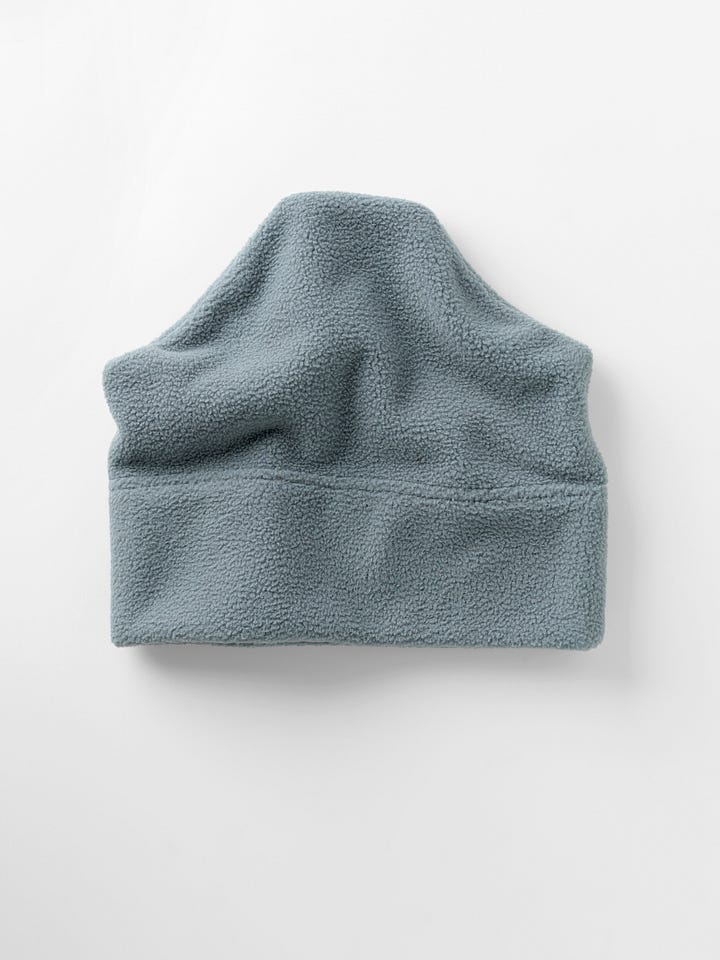
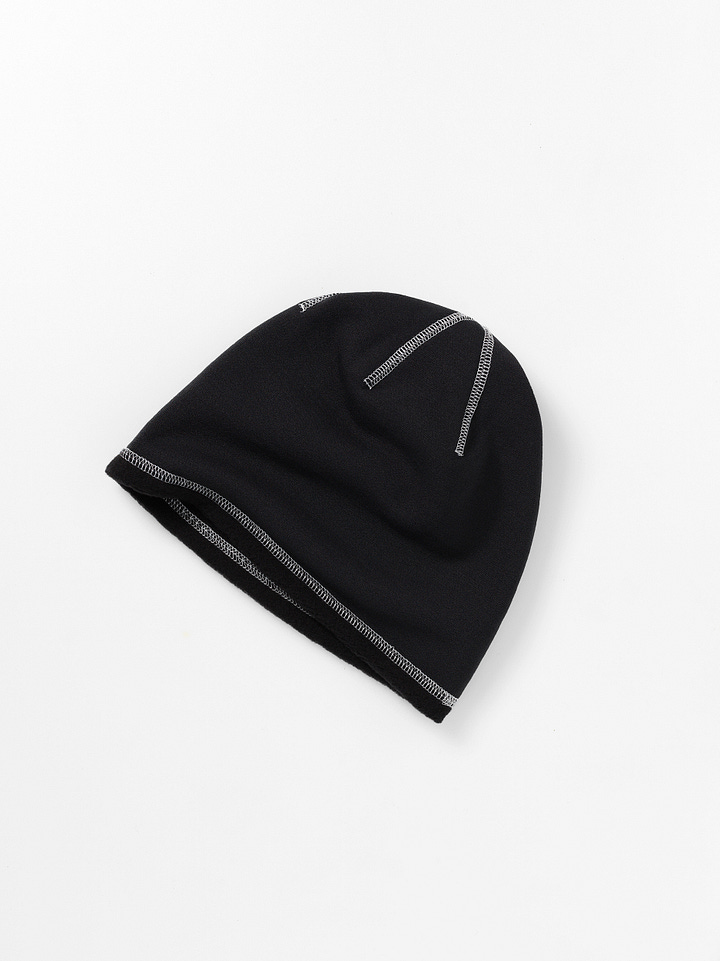
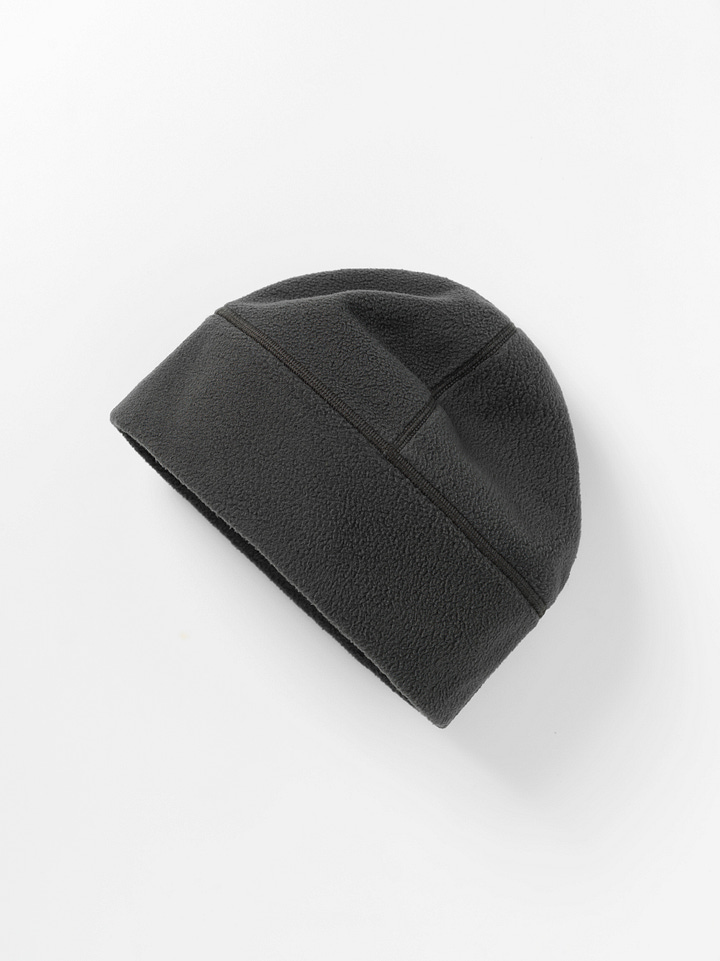
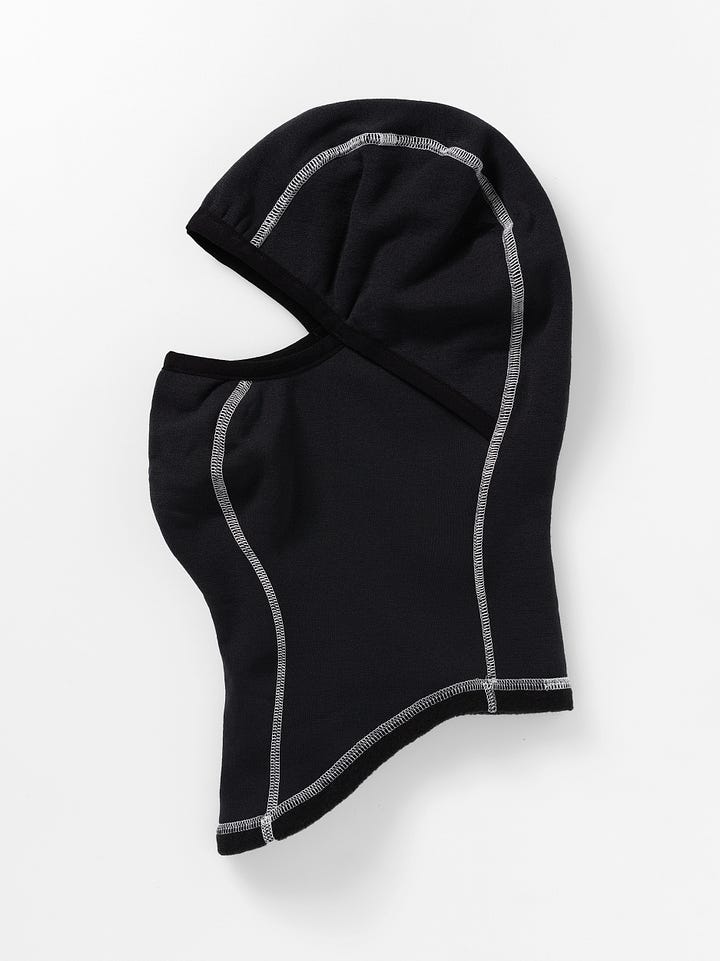
Now, if there’s anyone who knows his fleece it’s Fielding Miller. After years of creating and developing designs at Polartec, Miller launched his own brand — Thurston — in March of this year. Everything’s still really new, and styles and stock are limited, but from the current list of stockists — which includes the likes of Neighbour, Ven.Space, Understory and Nitty Gritty — things will likely develop quickly. Inspired by Miller’s local snowboarding and skiing community in Colorado, Thurston delivers pieces made with high-performance fabric technologies with futuristic names like Polartec® Power Wool™ and Wind Pro® — superfleeces meant to protect against extreme weather.
I reached out to Miller for a quick chat, asking how things are going and what he’s up to at the moment.
Lukas Mauve: Hey, Fielding. Could you tell me a bit about yourself and your personal background?
Fielding Miller: “I grew up in Virginia skiing and skateboarding. Those two things have informed my perspective as much as anything. I went to school in Colorado, and I live in Colorado now. There’s great access here and I’ve been fortunate to have a solid crew of friends to get out with.”
Lukas Mauve: I’m eager to hear about the ways in which Thurston products find their origin in, and respond to, your natural surroundings.
Fielding Miller: “Thurston originated from spending a lot of time skiing and moving through the mountains. When you expend a lot of energy in that way it comes back to you. There’s this transformative power and inspiration that comes from it. In a practical sense related to Thurston, you learn what works and how to simplify, and you also come up with ideas.”
“Polartec was a client for years and I was having proof of concept products created. Testing a bunch of different materials gave me knowledge of what materials can and cannot do. And for me everything starts with finding outstanding materials. From there it moves into functional design. I also like to reference elements from broader culture, and refine the product as much as possible. A lot of this is an experiment in versatility.”
Lukas Mauve: Thurston is a headwear-only brand. What do you experience as the benefits and challenges of this focus?
Fielding Miller: “I think focus is what creates the best product. I need something to be meaningfully differentiated and thought through in order to justify bringing it into existence. I’ve spent a lot of time thinking about headwear, so I have a backlog of product ideas that I’m working to realize. They all take time. As I make progress on them, I’d like to develop other product ideas, although I imagine them as something separate.”
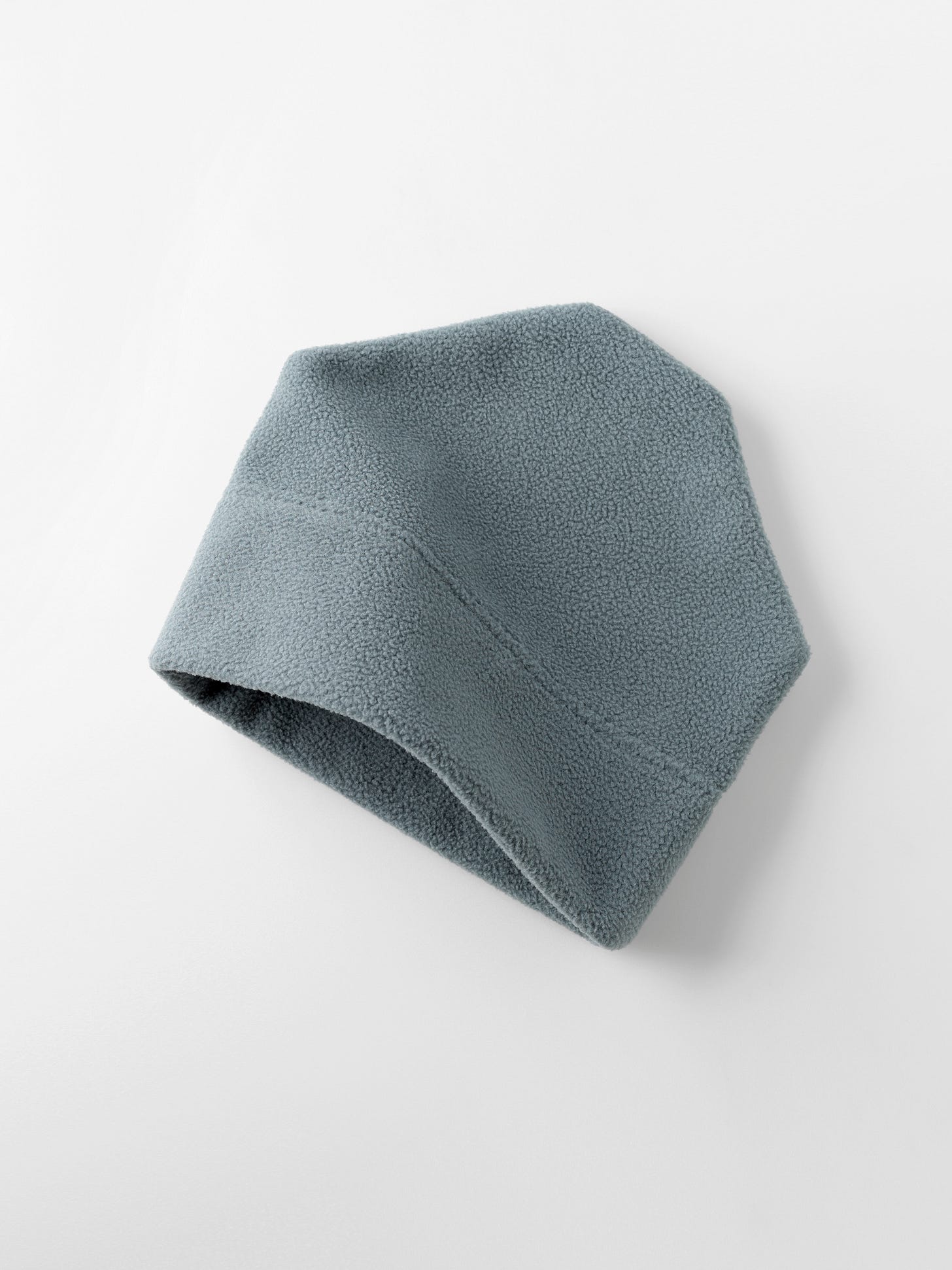
Lukas Mauve: All Thurston products are built primarily to last and protect. How do you make that happen?
Fielding Miller: “Primarily by getting out, paying attention, and coming up with ideas. And then doing lots of research, sourcing, using product, designing, and working on manufacturing.
“For example, the first product was the Wind Pro® Alpine Hat. I found a vintage hat and started skiing in it a bunch. Through this I identified opportunities for improvement, found a solution, and had a proof of concept product created. I skied in it for a few years and it was one of my favorites out of dozens of prototypes. Friends were asking for something, so I had a run of that style made just to have something to give to them. They used them for four years before I started selling anything. Throughout this I was working on and testing other concepts, including Power Wool™ product, which have been released more recently.”
Thanks for reading. Please consider subscribing, upgrading and/or sharing to keep this thing going!


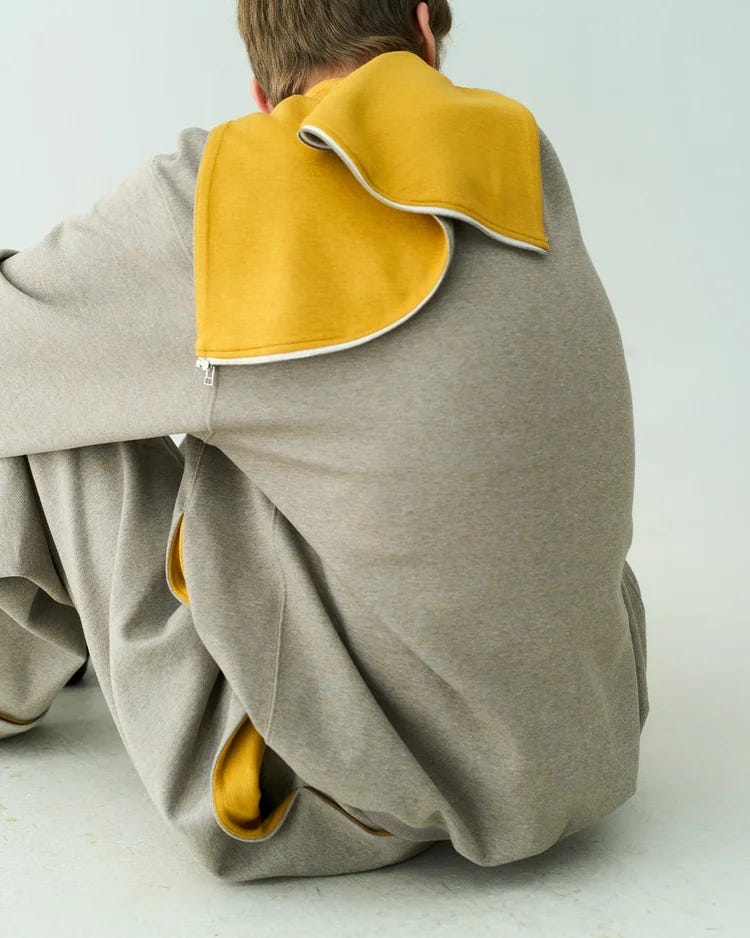
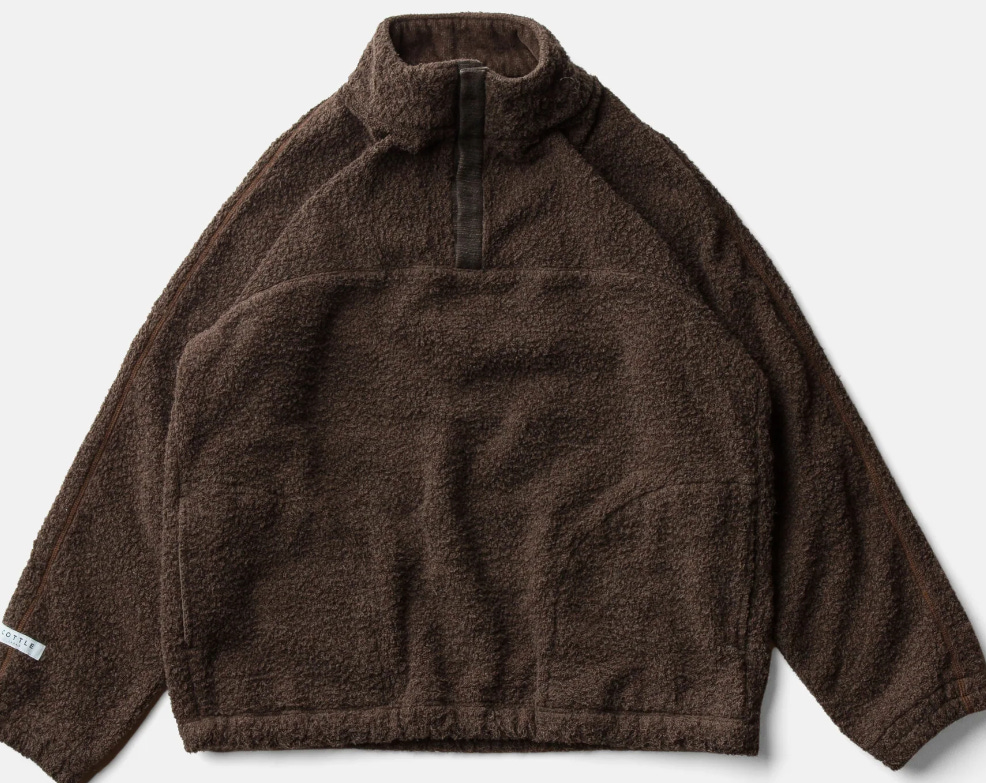
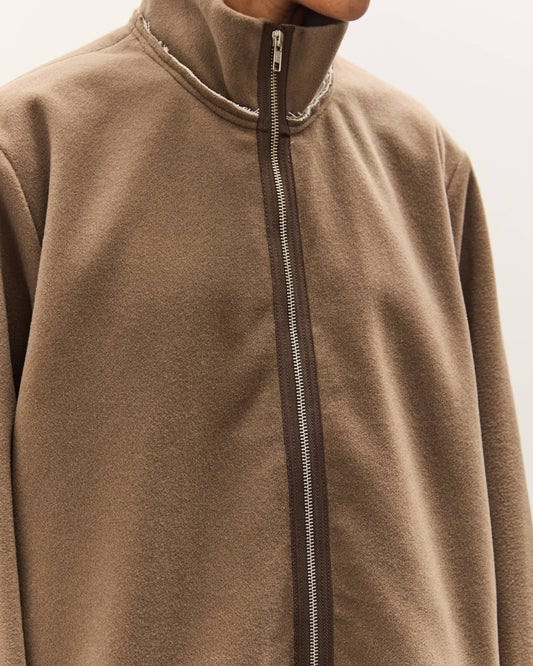
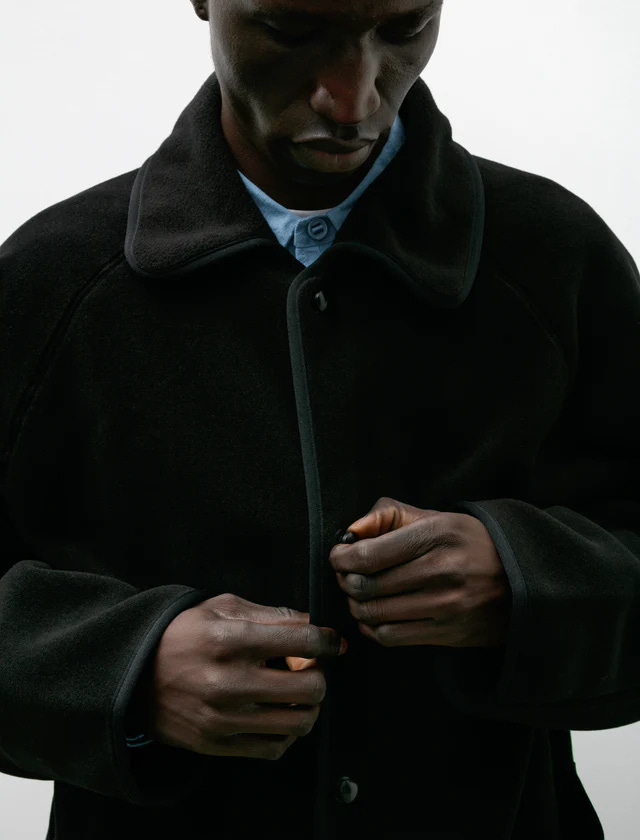
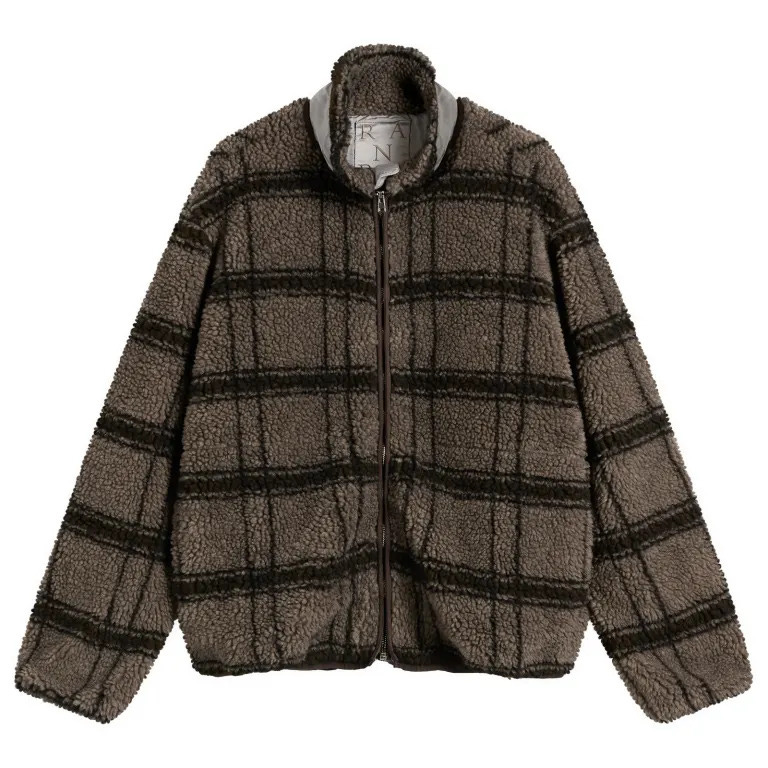
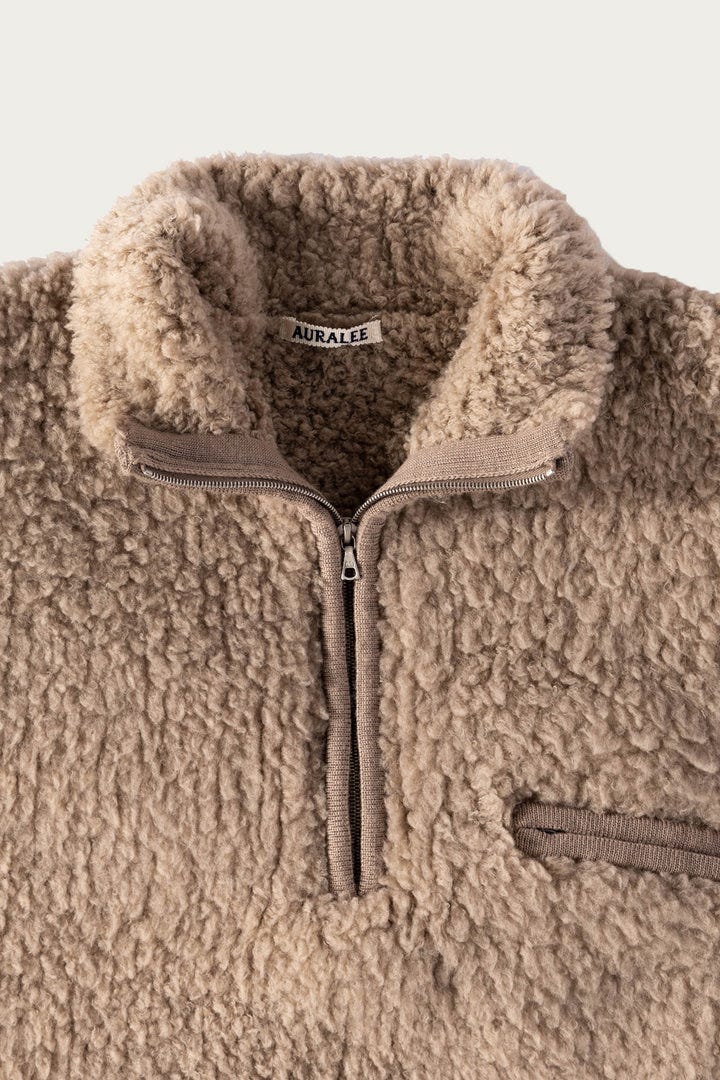

mover.eu fleece deserves an honourable mention. riri zips, biodegradable, and entirely without pretense
So good!